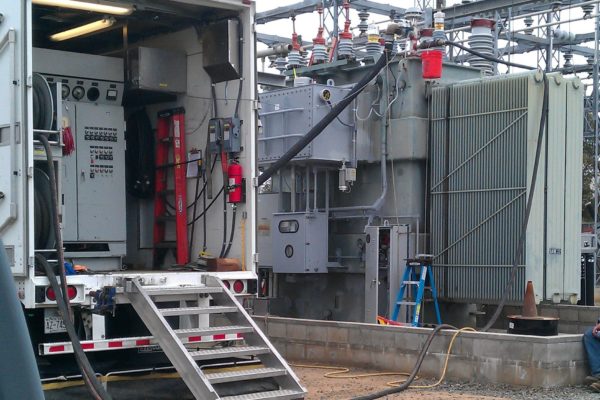-
Call Us
+91 9699881433 -
Mail Us
maxpetro.anil@gmail.com
Transformer oil. Insulating oil. Whatever you call it, this high temperature, high resistance oil is used in many of the things which keep our modern world afloat. Knowing is half the battle, of course, so let’s dive in and talk about what this oil does and how it’s made and graded.
Knowledge is power, and transformer oil is necessary for power. That alone should keep you posted.

Apart from the obvious use, which is within oil-filled transformers, transformer oil finds a wide variety of applications in the world of high-voltage electricity.
In addition to its namesake, it’s also used in high-voltage switches, some capacitors, and circuit breakers. The essential qualities of these oils, namely that they’re able to handle both extreme temperatures and remain non-conductive, makes them well-suited for any application which requires high-voltage.
Transformer oils have undergone a couple of changes since being introduced.
The original transformer oils were comprised of polychlorinated biphenyls, or PCBs. While these chemicals had the desired profile for insulation and heat resistance there quickly proved to be a major problem.
Modern transformer oil, on the other hand, is comprised of a special variety of mineral oil. Specifically, the designation for the oil used in transformers is ASTM D3487. The oil must meet those standards, at the very least, in order to qualify as transformer oil.